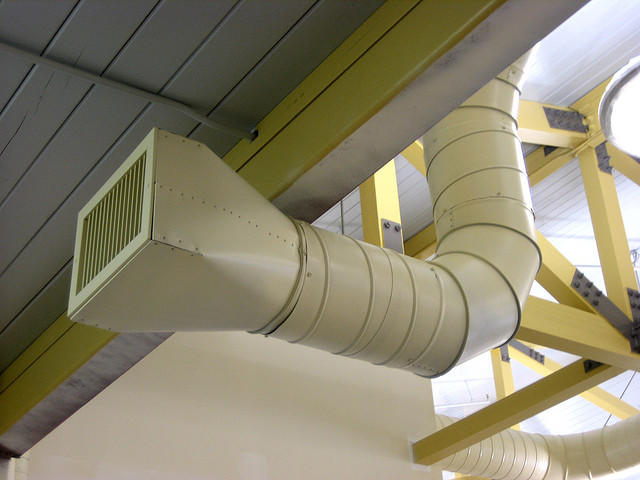How Central HVAC Systems Work

An HVAC system is a set of technologies designed to maintain your home or facility’s heating, ventilation, and air-conditioning, so that you and other inhabitants feel comfortable.
HVAC components are incredibly sophisticated, and they leverage a variety of engineering concepts, including heat transfer, fluid dynamics, and thermodynamics. HVAC systems, when effectively engineered, can ensure the health and well-being of occupants; protect people from indoor air pollution; conserve electricity and energy; and maintain normal humidity conditions.
The central heating and cooling systems that comprise HVAC systems are typically split into two subsystems. A central cooling apparatus will typically use evaporator coils and condenser coils, along with a refrigerant system, to pump a supply of cool air through the building or home.
The hot air from the house hits the evaporator coil, transferring the heat from the ambient air to the coil, which then gets moved out of the home and blown away. Meanwhile, the refrigerant returns to the compressor to repeat the cycle. Over time, air gets colder, because this system bails heat, much like a bucket brigade might bail water.
Central heating uses four systems. One system accepts and then burns fuel to create heat. The second system exchanges the heat. The third system blows the heat. And the fourth system helps eliminate the byproducts of the combustion safely.
Most HVAC systems use oil or gas to fuel the heating process. Once a furnace combusts the fuel, a heat exchanger uses that energy to warm air and then blow air through ductwork to warm the building. The byproducts of combustion go out an air duct or other exit system.
Contact the Bay Area HVAC Professionals
For help constructing, troubleshooting, or maintaining your Bay Area HVAC system, connect with the General Contractors at B.A. Morrison today for thorough assistance. Give us a call at (510) 538-9817 or fill out our online contact form for us to contact you with more information.

















